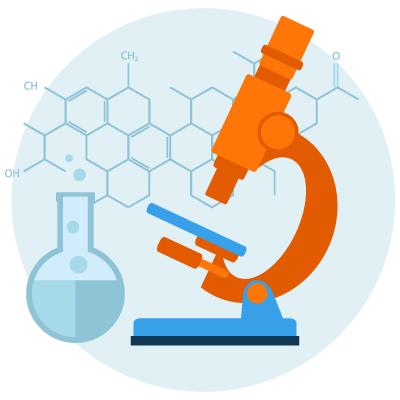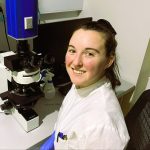Myelin is an insulating layer that forms a sheath around nerves in the brain and spinal cord. It is critical for optimal brain function, enabling efficient conduction of nerve impulses to and from the brain and spinal cord. In MS, myelin is damaged, resulting in inability to conduct nerve impulses, and ultimately, loss of the underlying nerve fibres.
Our understanding of how myelin is formed and maintained throughout life for best function is limited.
This project aims to investigate how myelin-producing cells develop and generate myelin. In particular, the team will investigate a molecular signalling pathway called Erk1/2 to understand its role in myelin production, and how it is regulated at various stages of the process.
To achieve this, Associate Professor Simon Murray will use a zebrafish laboratory model, which allows fluorescent imaging of the nerve growth processes at the single-cell level in the living organism.
This project uses cutting-edge gene, molecular, and imaging technologies to identify the critically important processes in the cells needed to generate the myelin sheath in a living brain in real time.
This will deepen our understanding of how the brain normally develops and is maintained.
This could help with the development of new targeted therapies that may promote myelin repair, as well as improve learning, memory, and maintenance of the brain in older age. By exploring these possibilities, the research team aims to make significant contributions to the field of MS, ultimately enhancing the well-being and cognitive function of individuals living with MS.
In this project, Associate Professor Murray and his team developed several zebrafish laboratory models that allowed them to monitor myelin-producing cells and to observe and assess myelin production at the single-cell level. The results suggest this is an excellent model system with great potential to make important observations that are simply not possible in other cell-based or mouse models.
The outcomes of this project have widened research potential and added another tool to the research toolbox. Associate Professor Murray‘s team continues to use this laboratory model. The data from this incubator project has led to a successful project grant application with MS Australia to further study myelin repair.
Last updated 31 March 2025
$18,000
2023
1 year
Current project




